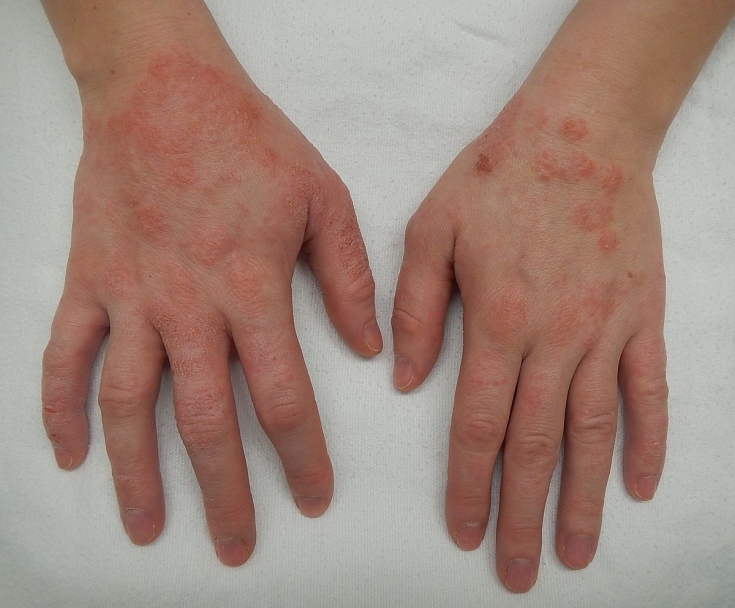Skin adaptation to cold exposure — it is a physiological process inherent in every person. Factors that contribute to a change in the normal reaction of the skin to cold & nbsp; - this is an atypical reaction of blood vessels, insufficient production of sebum, vitamin deficiency and disturbances in the digestive system. Under their influence, dryness and redness occur, the skin becomes thinner and more often injured. Learn more about how to prevent cold stress of the skin in winter, read on estet-portal.com in this article.
Factors that determine skin reaction to cold
All people's skin reacts to the effects of cold in its own way, which is associated with the influence of many factors. The initial value is hereditary predisposition, which determines the sensitivity of the skin and the features of its protective properties.
Regular stressful situations weaken the protective properties of the skin and increase its reactivity.
Unfavorable environmental factors that contribute to the accumulation of toxic substances in the body that increase the reactivity of the skin are also important.
Skin reaction to cold:
• main manifestations of skin reaction to cold;
• effective ways to reduce skin reaction to cold;
• prevention of skin reaction to cold.
Main manifestations of skin reaction to cold
In winter, skin, especially dry skin, requires additional attention and care. Most often, the reaction & nbsp; the cold is manifested by such characteristic symptoms as:
• redness and swelling of the skin;
• dry skin;
• formation of cracks or vesicles on the surface of the skin, which are often infected;
• severe itching;
• thinning of the skin, increasing the risk of injury.
Local symptoms may be accompanied by systemic changes. Often, along with redness and swelling of the skin, body temperature rises, muscle weakness and drowsiness appear.

Effective ways to reduce skin reaction to cold
In order to reduce the skin's reaction to cold, the use of emollients such as paraffin, vaseline, lanolin, olive oil, dimethicone and jojoba oil is recommended. Also, products containing urea have a good effect, which minimize fluid loss, moisturize the skin and strengthen its protective barrier. With more severe manifestations of cold stress, it is recommended to prescribe agents that have a reparative effect, containing dexpanthenol, zinc, antipruritic and desensitizing substances.
Prevention of development of skin reaction to cold
To protect the skin from cold stress, it is necessary to cover sensitive areas of the skin and apply nourishing creams before each exposure to cold to avoid thinning of the epidermis.
The reaction of the skin to cold depends on the state of the digestive system, in this regard, it is necessary to adhere to a rational and healthy diet.
For the prevention of cold stress on the skin, hardening is well suited, which is recommended to start with a few minutes and gradually increase the time of contact with cold.
See also: The Snow Queen or the consequences of cold allergies







Add a comment